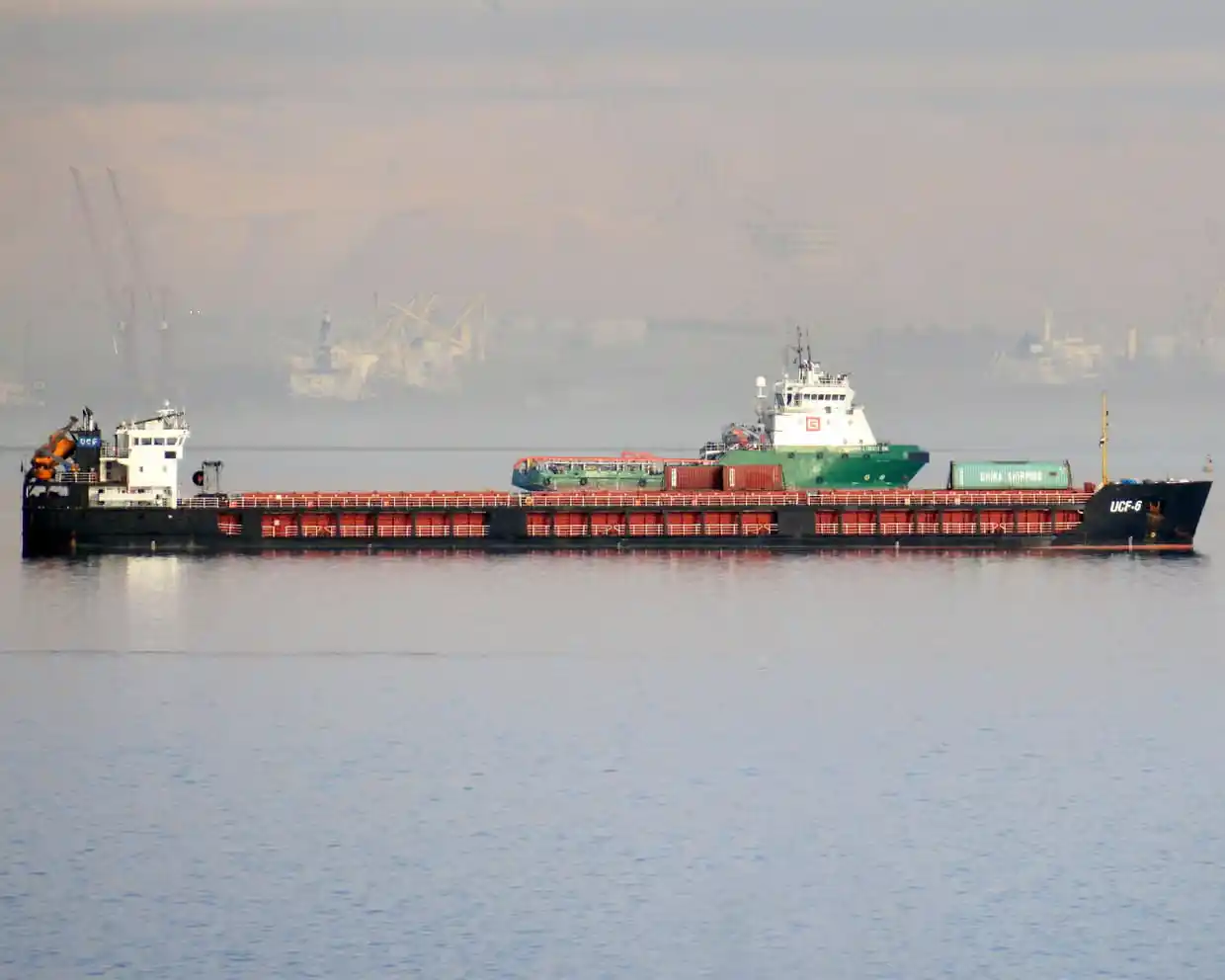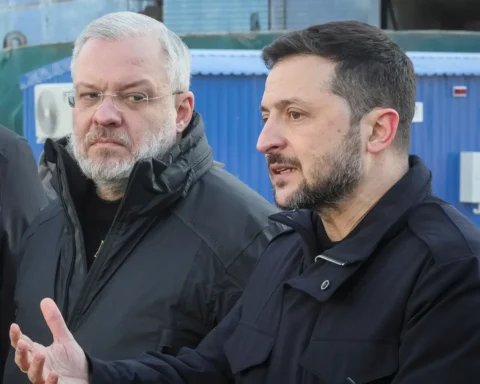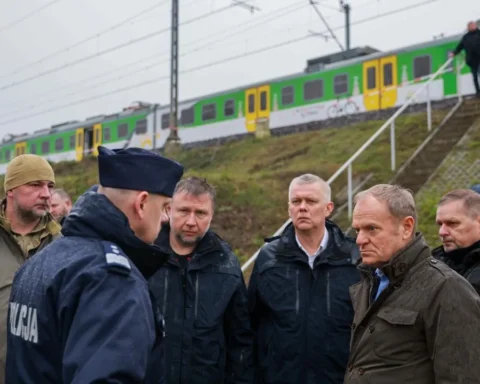On Friday night, in the Russian port of Olya, located on the northern Caspian Sea, the cargo ship Port Olya-4 was attacked and seriously damaged. According to the Ukrainian military, the vessel was carrying components for Iranian Shahed attack drones and ammunition supplied from Iran. Photographs from the scene show the ship partially submerged at the pier.
While Kyiv’s official statements focus only on the strategic significance of the strike — the destruction of cargo that could bolster Russia’s strike capabilities — experts have paid attention to the geography of the drones’ route. Several sources, including Russian Telegram channels, have suggested that the drones may have entered from the direction of Azerbaijan. This version has not been officially confirmed, but if true, the incident could carry a much deeper political subtext.
A Possible Coded Signal
Several months ago, media reported on a tragic incident in which the Russian military accidentally shot down a passenger Boeing belonging to an Azerbaijani airline. Official comments were extremely restrained, and the diplomatic reaction cautious, allowing both sides to quickly “cover” the issue in the public sphere. However, in Baku, the episode caused deep dissatisfaction which, according to some analysts, may have manifested itself in the form of a discreet “response.”
Tensions worsened further when Russian strikes on Ukrainian infrastructure seriously damaged oil refineries and terminals in Odesa owned by Azerbaijani companies, including SOCAR. These facilities played a key role in regional energy logistics and were a significant element of Azerbaijan’s presence in the Ukrainian market. For Baku, their destruction was both a blow to economic interests and to national prestige.
If it is indeed confirmed that the drones crossed Azerbaijani territory or its airspace, this could be interpreted as a symbolic gesture: a silent reminder of the Boeing tragedy and a demonstration that Baku can allow actions that are painful for Moscow without openly declaring confrontation.
Why the Route May Remain Undisclosed
Public discussion of an Azerbaijani link to the Port Olya attack benefits no one:
- Azerbaijan — to avoid escalating tensions with Russia and Iran.
- Russia — to avoid reopening the Boeing issue, introducing new facts, or drawing attention to the strike on Azerbaijani assets in Odesa.
- Ukraine — to preserve freedom of action for future long-range operations.
It is likely that the incident will remain in the category of “undetermined drone route,” with the real circumstances discussed only through closed diplomatic channels.
The Strategic Effect
If the strike is viewed as a multi-layered signal, it operates in several directions at once:
- For Moscow — a reminder that there are players in the region capable of indirectly influencing military operations.
- For Baku — a way to show that the Boeing tragedy and the strikes on Odesa terminals have not been forgotten, while avoiding open conflict.
- For outside observers — an illustration of how military actions, diplomacy, and covert forms of retaliation intertwine in the Caspian region.
The attack on the cargo ship in Port Olya, beyond its military significance, may well be a subtle diplomatic message. If the Azerbaijani drone route is confirmed, the event will become part of a quiet “game of signals” between Baku and Moscow — a game that began with the Boeing tragedy, intensified with the strikes on Azerbaijani assets in Odesa, and is still ongoing today.


















